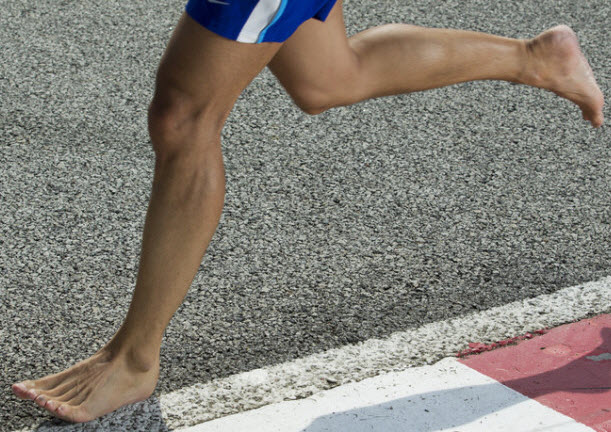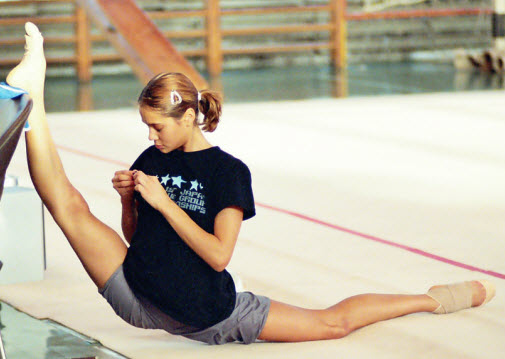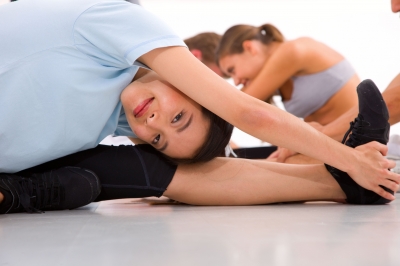9 Myths about Running
Running enthusiast need a lot of stamina and motivation to run miles. But there are few presumption that makes runners think over their running skills. Let see whether they hold any truth or just the myth.
Also, we will see some tips on how to increase endurance and stamina for distance running.
Some of the common myths that are prevalent are listed below
(Src)
- Low-intensity walk cannot burn fat
It is not true. Scientifically it is proven that daily walking can burn fat. But you have to walk longer to burn the same amount of calories that you burn through running or other exercise.
- Atleast one hour of running is necessary for weight loss
Is running good for weight loss? For weight loss, every second that you run matters. Remember that metabolism for each individual is different, and so as the fat burning process. On average you are supposed to burn 3000 calories to lose 1 pound (0.45 kg). To lose 1 pound in a week, you should run 36 miles in a week. So you have to run 5 miles a day. For the quick result, you have to keep watch on your calorie intake as well.
- Running with an empty stomach burns maximum fat
Running with an empty stomach or with a heavy meal is not a good idea. A light snack can raise your energy level and help you perform at your best. Studies suggest that fat burning rate remains consistent regardless of running with empty or filled stomach. Running and weight loss works only when you have a balanced diet.
- Runners don’t need strength training
It is a common misconception that runners are fit and don’t require any strength training. But the fact is they do require strength training to strengthen their muscles and recover from injuries. Some studies suggest that strength training can influence the overall performance of runners.
- Running at the same mileage every day gives better performance
Some runners are obsessed with the distance running. It gives them the satisfaction that they are getting better everyday. This is fine. But for better performance running on the same terrain everyday might not be effective. Try to include variation into your workouts, like climbing the steep rock, tempo run, and speed work. If you prefer to keep consistency in your runs, include other exercises like swimming, biking, rowing, etc.
- Running is not for everyone
Many think that running is preferable only for certain age groups and not for elderly. They’re worried they would get hurt. If you start running by knowing your body’s limits and strength, it can do great things. In fact, many scientific research have shown that elderly people have improved their health through running. To avoid injuries, it’s always a good idea to run at slow pace and on a smooth terrain.
- You lose all your progress if you miss a run
Your endurance will start to drop if you have missed your routine exercise more than two weeks. It is not likely that you will lose all of your stamina. But you might struggle little to get into a rhythm after a long gap. To get back your stamina, start exercising with the same intensity.
- Running barefoot reduces injuries
Some people are comfortable running barefoot, but it does not mean that they are less exposed to injuries. To run barefoot, it takes a lot of practice and time for feet to adapt the outer condition. Anyone who starts running barefoot immediately will put himself to a greater risk of injuries.
- Running on a treadmill puts less stress on knees than outside running
It is not true that running on a treadmill puts less stress on knees. In fact, some studies have shown that running on the treadmill can be more stressful than outdoor running. With uneven terrain, outdoor running gives you enough space to adjust the pressure on knees. This prone to less knee injuries. It also helps you to adjust the speed of running instantly.
Tips on how to increase stamina
- Be consistent to build up stamina and endurance
To build stamina and endurance, add 1 mile a week. Every fourth week give rest by reducing the mileage. Again on 1st week get back to the previous routine. This technique is also known as endurance running.
- Run long and slow
Try to run for a long distance with a slow pace. It allows joints and muscles to adapt for distance running. It also benefits in building stamina. On top of it, it increases the blood supply and oxygen in the muscles. Research suggest that endurance training enhances the function of the cardiorespiratory system. It trains body while minimizing the energy expenditure.
- Uphill running
For endurance, running uphill is more effective than running on the flat terrain. Adding few minutes of Uphill running to daily routine exercise is a key to building endurance. For those who prefer treadmill running can try running on an incline treadmill. It will bear the same benefit as uphill running.
- Switch the routine
To build stamina do pool running or cycling. It will enhance your endurance with little injury risk.
- Tempo Runs
What is tempo run? Tempo running is a long distance running. It is recommended for experience runner. It is very effective for building up endurance. It includes 10-15 minutes of an easy warm-up jog, followed by 3-6 miles run at 10k pace. Make sure you include 10-15 minute jog at the end of tempo run to cool down your muscles. For better result, do tempo run once a week for 8 weeks.
- Increase pace in the last lap
Pick up the pace for the last lap or last 25% of the distance. It is quite challenging but practicing regularly can help it out. Do not do if you are not comfortable or feeling breathless.
- Avoid Injuries
Runners usually face with injuries like shin splints, runners knee or ITB syndrome. Beginners often fall to these injuries due to overdoing it. For them, slow pace running is recommended.
Caution:
- Running more than 40 miles per week is considered a risk factor for man and woman both. However, there are few exceptions.
- Some common running injuries include Knee injury. Use proper knee pad to avoid injuries. While the previous injury is identified as the main risk factor among runners.
- Elderly people with arthritis should take physician advice and must do gentle running under supervision.







